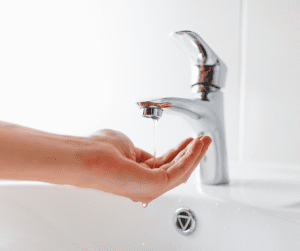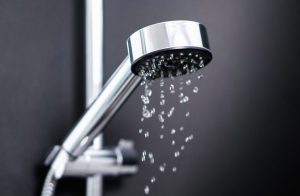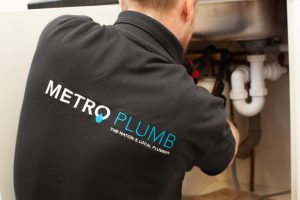The Ultimate Guide to Water Pressure: Understanding and Fixing Issues in Your Home
- Home
- >
- Help & Advice Centre
- >
- The Ultimate Guide to Water Pressure: Understanding and Fixing Issues in Your Home
Water pressure is a crucial aspect of your home’s plumbing system, influencing everything from shower enjoyment to the efficient operation of appliances. In this guide, we’ll explore the common problems associated with low and high water pressure, how to diagnose these issues, and practical solutions for ensuring a consistent flow.
Water pressure refers to the force with which water flows through pipes in your home. It’s measured in pounds per square inch (psi), and an ideal residential water pressure typically ranges between 40 and 60 psi.
To check your water pressure, you can use a pressure gauge, which is available at most hardware stores. Simply attach the gauge to an outside tap or a washing machine tap, turn on the water, and read the measurement.
Several factors can contribute to low water pressure in your house. If you’ve noticed that your water pressure is weak or experiencing a sudden drop, consider the following:
 Faulty Fixtures: Aerators and showerheads can accumulate sediment and mineral deposits, reducing flow. Cleaning or replacing them can improve pressure.
Faulty Fixtures: Aerators and showerheads can accumulate sediment and mineral deposits, reducing flow. Cleaning or replacing them can improve pressure. If your water pressure has suddenly dropped, it may be due to maintenance work in your area or a burst pipe. You should also check for issues within your system, such as faulty fixtures or a failing pressure regulator.
Here are several steps to troubleshoot and potentially fix bad water pressure:
 Clean Aerators and Showerheads: Remove and clean aerators to eliminate build-up.
Clean Aerators and Showerheads: Remove and clean aerators to eliminate build-up. If your shower has low water pressure, try these solutions:
This fluctuation can occur due to pressure changes in your plumbing system or shared hot water systems where other appliances may be drawing water at the same time.
While low water pressure can be frustrating, high water pressure can also cause problems in your plumbing system. Symptoms of high water pressure include:
To determine whether your home suffers from high or low water pressure, use the pressure gauge mentioned earlier. If you find that your pressure readings are consistently above 60 psi, you may need to install or adjust a pressure regulator. Conversely, readings below 40 psi indicate low water pressure.
You may notice that water pressure varies in different parts of your home. Common issues include:
If you experience a sudden loss of water pressure in your shower, consider:
 Pressure Reducing Valve: If set too low or malfunctioning, it can significantly reduce pressure.
Pressure Reducing Valve: If set too low or malfunctioning, it can significantly reduce pressure. Whether you’re facing low or high water pressure in your home, understanding the causes and solutions can help you maintain a functional plumbing system. Regular checks and maintenance can prevent issues before they escalate, ensuring your water pressure remains at optimal levels. If you continue to experience problems despite your best efforts, it may be time to consult a professional plumber for further assistance.
Our skilled team of engineers is ready to assist with any issues you may have and to advise on the most suitable water pressure system for your property.
We’re here to support you 24/7, all year round. Simply click here to find a professional plumber near you.